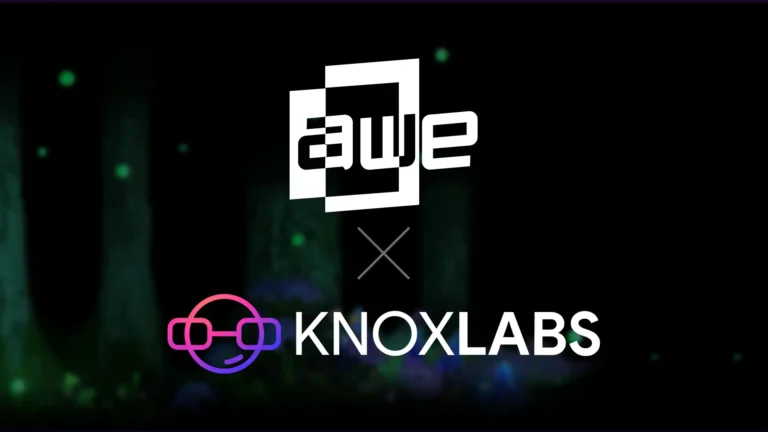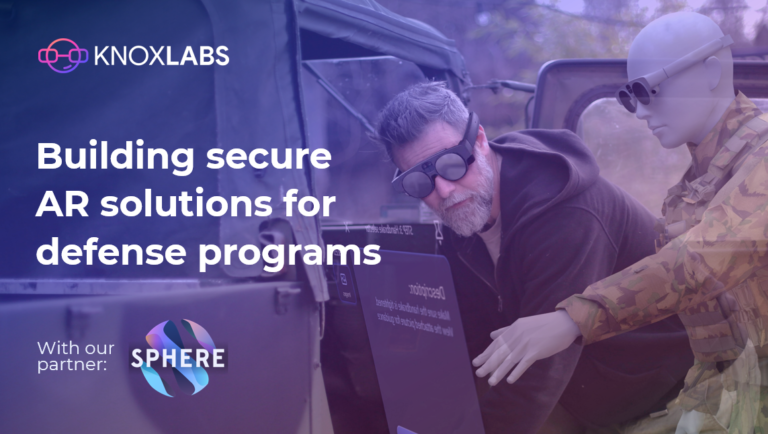Augmented reality (AR) technology, specifically through initiatives like the U.S Navy’s Tactically Reconfigurable Artificial Combat Enhanced Reality (TRACER) program, is reshaping how ground soldiers are prepared for missions. This article explores how AR tools, such as the Magic Leap 2 AR glasses, are integral in advancing the combat readiness of modern soldiers by providing sophisticated training platforms that mimic real-world scenarios.
Training programs choose AR today because it provides:
- Easy repeatability and customization of training scenarios for more frequent, individualized training opportunities
- Safer training for high-risk scenarios and situations that are difficult or impossible to replicate
- Faster learning and longer retention of critical response and decision-making skills
- Reduced cognitive load and enhanced situational awareness
- Reduced training and operational costs
- A crucial bridge in the gap between traditional methods and future advancements, such as AI
The U.S. Navy’s TRACER Program
In this demonstration of the TRACER program in action, see the transformative power of AR on military training and learn how AR devices, like the Magic Leap 2, can elevate the readiness of your troops.
A deeper dive into advantages of AR for combat training
With the fast-growing adoption of AR technologies across defense training and operations, armed forces are seeing particularly strong benefits when implementing AR for advancing combat readiness.
“Our training system is built mostly from commercial-off-the-shelf products, so we are using widely available gaming gear,” said Dr. Patrick Mead, TRACER project lead from the Human Systems Research and Development branch at NSWC Dahlgren. “All of these technologies combine together to give us extremely accurate weapon and movement tracking capabilities as well as highly immersive simulation visual, auditory and haptic (relating to the sense of touch) feedback. Ultimately, TRACER provides Sailors with dynamic, engaging and less predictable training scenarios that would otherwise be too costly or time consuming to create in the real world.”
Source: “NSWCDD Engineers Revolutionize Combat Training with TRACER Augmented Reality”; Naval Sea Systems Command
Immediate enhancement of tactical training
AR technology brings an unprecedented level of detail and realism to combat training. Utilizing Magic Leap’s AR glasses, the TRACER program immerses soldiers in highly realistic operational environments. These scenarios range from urban combat simulations to conflict scenarios in digitally recreated foreign terrains, enabling soldiers to engage with both virtual allies and adversaries. This form of training sharpens their tactical skills and decision-making abilities without the risks associated with live training exercises.
Customizable training environments
A key advantage of AR is the capability to customize and adapt training environments quickly. Commanders and instructors can modify scenarios in real time to introduce new challenges or focus on specific tactical objectives, making the training highly relevant and adaptable to evolving operational needs. This flexibility is crucial in preparing troops for the unpredictable nature of modern warfare, where conditions and threats can change rapidly.
“We can integrate this AR, virtual training environment into our existing curriculum, and it allows us to be very reconfigurable,” said Cmdr. Kim Littel, CENSECFOR director of training innovation. “We can go in and we can change the scenarios, or we can change the opposition forces and the threat that they pose.”
*Source: “NSWCDD Engineers Revolutionize Combat Training with TRACER Augmented Reality”; Naval Sea Systems Command
Reduced cognitive load
By integrating essential information directly into their line of sight, AR devices help manage the cognitive load on soldiers during training. This integration provides real-time data ranging from navigation aids, enemy positions, and tactical alerts, allowing soldiers to process information efficiently and maintain heightened situational awareness without information overload.
Enhanced realism through sensory feedback
Powered by AR technology like Magic Leap and Haptech, the TRACER program and other similar AR training solutions incorporate visual and auditory feedback, as well as haptic responses which simulate the physical sensations of military engagements. This includes the recoil of a weapon or the impact from an incoming attack, adding a layer of physical feedback that enhances the realism of the scenarios, while maintaining a safe training environment.
Operational and financial efficiency
Incorporating AR into military training drastically reduces the logistical and financial burdens associated with conventional training methods. AR eliminates the need for extensive physical ranges or real personnel, and reduces reliance on expensive live ammunition and equipment. Because of this, costs are significantly lowered in both short and long-term, and the safety of training operations are markedly improved. Moreover, AR systems like the Magic Leap 2 are highly portable and can be used in a variety of settings, including confined spaces typical of naval ships or forward operating bases, facilitating continuous training that is not constrained by geographical or physical limitations.
Future integration of AI for advanced simulation
Looking ahead, the integration of artificial intelligence (AI) with AR technology holds the potential to further enhance soldier training. AI can analyze performance during AR training exercises to provide tailored feedback and create adaptive scenarios that respond to the actions of the trainees. This has the potential to enable highly personalized training experiences that continuously evolve based on real-time data, further enhancing the effectiveness of each training session.

AR technology, exemplified by the Magic Leap 2 and highlighted through the TRACER program, is transforming the paradigm of military training and operations.
By providing an immersive, customizable, and cost-efficient training environment, AR ensures that soldiers are not only prepared for the current demands of military operations but are also well-equipped to adapt to future challenges.
As AR continues to integrate deeper into military training programs, its role in enhancing combat readiness and operational effectiveness will only grow, solidifying its status as a crucial component of modern military training.









